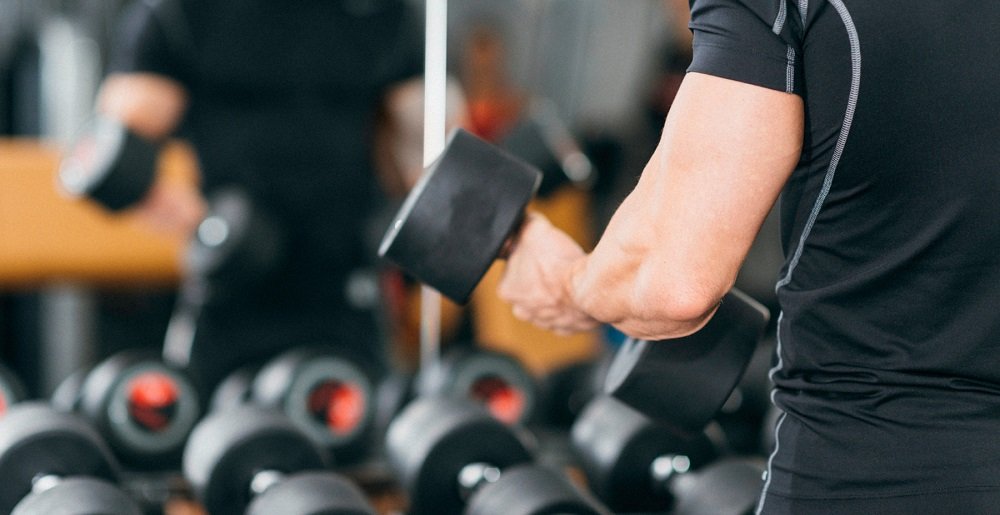Injuries are painful, costly, debilitating, but most of all, just plain frustrating. After putting in all that hard work, you are forced to take a step back and sit on the sidelines for a while. Try to look at the bright-side. Often, people end up stronger after a minor injury, because they take the time to reset and focus on building in areas of weakness.
So, work through your injury and take all the positives from your rehab that you can, and focus on getting stronger, smarter, and move towards hitting your full potential.
Return Slowly
Your return should be taken slowly but surely, like a turtle. Your return time will probably equal your time off – so if you’ve had a month off, then give yourself a month to reach your pre-injury state again. This is an easy way to think of it, and will allow you to pace yourself and ease your body back into a consistent routine.
Get Professional Advice
Find a good physiotherapist service and work with a physio, being sure to actually do the exercises they prescribe to you. These exercises will help you bounce back from your injury faster, and will even strengthen that weaker area, but you have to put the work in.
If you have a personal trainer, be sure to tell them exactly what has happened and what advice your physio has given you and if in doubt, double check things with your physio. Personal Trainers are great, but they are (generally speaking) not qualified to give you medical advice and might reverse some progress you’ve made if they get too excited about your return to the gym.
Fight The Urge To Go Too Hard
If you’ve been away from exercise for a long period of time, you might be tempted to dive straight back into it at the level you work training at before your injury. Fight this urge, you could end up hurting yourself and being set back another few weeks or more.
Give yourself the room to build back up to where you were before your injury. Work at a lower intensity to begin with, maybe around 60% of your perceived ability, and don’t rush to load the bar up with too much weight. Keep it light, work on your form and condition your muscles to take heavier loads again.
This might be a little frustrating, but know that it won’t take all that long to get back to your pre-injury state. And while your building up again, try to work on those areas that could be stronger and that will help you avoid a similar injury in the future. Use this as a chance to recalibrate and move ahead.
Self-Assess
As your easing back into the gym, focus on how your body is feeling and dealing with this stress again. If you injured your shoulder, for example, ease back into exercises that are demanding for that associated muscle group. Start off with just one set of bench press added into your workout, and see how you feel immediately after, but also a day after.
Don’t just try it, shrug off any niggles, and possibly wake up the next day in serious pain. Be patient. You’ve already waited this long. If your shoulder feels fine after doing one set on bench, then add in one set on shoulder press into your next workout. Assess how you feel. Don’t rush. Build slowly.
When returning from injury, don’t overdo it. You will not be able to immediately do what you did before in a way that is safe for your body. So, give yourself a break and allow your body the time to build up again. Throughout it all, remember to eat well. Having a break from the gym doesn’t mean you also get free reign to eat whatever you want. Keep up with a well-balanced diet and give your body the best chance of success.









